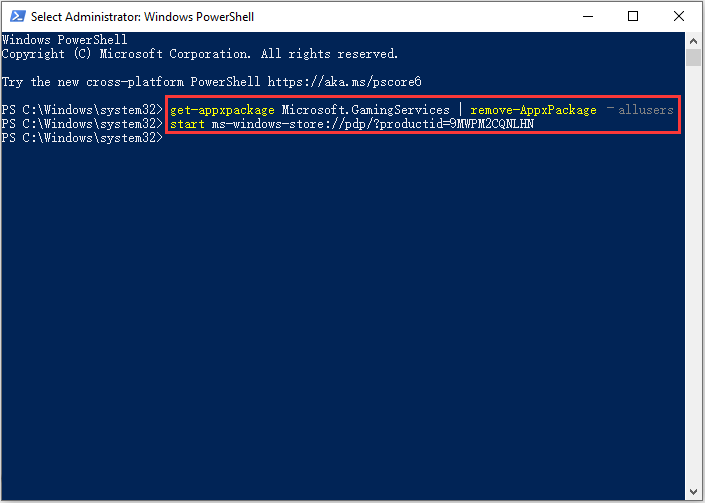
- Windows store my library how to#
- Windows store my library full#
- Windows store my library windows 10#
- Windows store my library windows#
You’ll notice that the default domain will be. Once sign up is complete, you’ll have a certain amount of credit to use within Azure for testing.īefore configuring anything else in the new Azure tenant, configure a custom domain. your sign up region) and the account used to sign up to the service. Setting up an Azure tenant is quite simple, just be sure to pay attention to the region you’re setting as default (i.e. Be sure to deselect signing up for special offers Agree to the subscription agreement, offer details and privacy statement.It’s important to note here that the card will not be charged until you use a paid tier of an Azure service, so this process can be done without paying Microsoft


If this is a corporate environment, it may be wise to create a dedicated Microsoft account for this purpose and protect it with multi-factor authentication Microsoft has a short video available that shows the Azure sign up process and the steps are: Here’s a great article on understanding the requirements and configuration for integrating your on-premises identities with Azure Active Directory. Ensure you do not have an existing tenant before proceeding.Ĭreating an Azure tenant is required because we’ll need to sign in a corporate account that is an Azure AD Global Administrator. If you’re already using a Microsoft cloud service, such as Office 365, an Azure AD tenant will already exist. If you don’t have any on-premises identities, then you can create an Azure tenant for Azure AD functionality and skip the steps on configuring AD Connect/ADFS. All that’s required is user accounts synchronised or federated to Azure AD.
Windows store my library windows#
If you already have an Azure tenant configured with a custom domain and AD Connect/ADFS, you can, of course, skip to the Windows Store for Business configuration. I’m not going to cover these in detail but I will cover the key steps and provide links to additional reading.
Windows store my library windows 10#
For any Windows 10 Current Branch or Current Branch for Business deployment, whether Professional or Enterprise edition, this is a key first step.Ĭonfiguring the Windows Store for Business (WSfB) in your environment provides control over the Windows Store by enabling a private store within the Windows Store app (Enterprise edition required to hide the public links) and with management tools (e.g. The first step however, is to detail setting up the Windows Store for Business.
Windows store my library how to#
In a previous article, I’ve detailed how to manage the Windows Store experience on Windows 10, and I now want to cover a couple of additional scenarios with Intune and Configuration Manager.
Windows store my library full#
This ensures full control over the user experience. It’s encouraging to see a number of useful enterprise applications available - the future is mobile apps, even on the desktop, so every enterprise should be looking at the Windows Store for Business.Įven if you’re not intending to deliver Universal apps at this time, or even hiding the Store app on Windows 10 desktops, you should configure the Windows Store for Business.

Apps can be deployed, updated and removed without packaging or having to worry about application conflicts. While the Universal app platform on Windows 10 isn’t going to replace legacy Win32 apps for some time, the potential of this platform to improve the way IT approaches application lifecycle management is high.


 0 kommentar(er)
0 kommentar(er)
